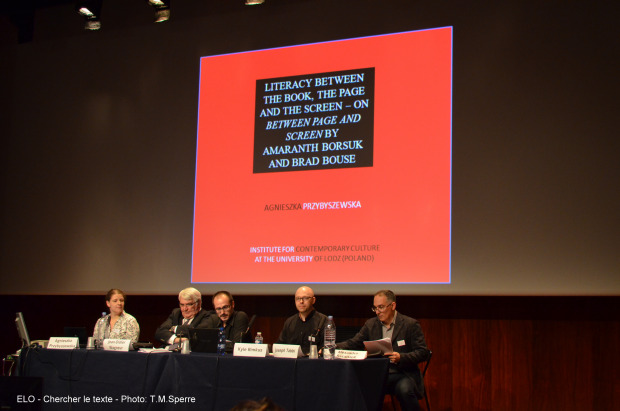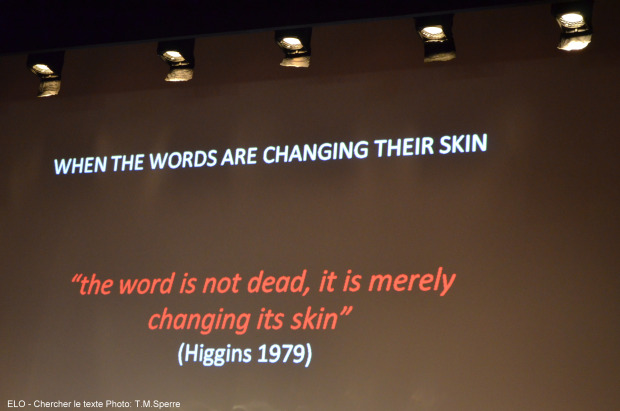Literacy between book, page and screen – on Between Page and Screen by Amaranth Borsuk and Brad Bouse
The aim of the speech will be to show that e-literature realizations not only could be a renovation of avant-garde or even earlier tradition, but also in many cases provoke the same kind of questions which were made by theoreticians of (e.g.) formalism or structuralism in relation to avant-garde or modern text. Looking at electronic texts we re-ask about a literacy of those works and have to renovate our conception of literary communication, re-thinking not only the category of the text (as Aarseth did), but also the character of signs and code used in this kind of communication.
A part of the speech will be a case study of „Between Page and Screen” by Amaranth Borsuk and Brad Bouse, a specific (AR-)book in which there is no (material) text inside, although it is a book of visual poems. This new media realization (different from all children-addressed AR-books offering illustrations as AR-projections, because it offers a text-based projections) will be shown as an example of metatextual voice in discussion of role that code plays in e-literature communication. Offering to the reader signs possibly read only by a machine and changing the act of reading in co-reading with the computer “Between Page and Screen” shows how important could be Manovich’s category of transcoding in reading e-literature.
This work (and others, occasionally mentioned in the speech) will be discussed in context of literary realizations and theoretical conceptions questioning the only verbal character of signs and code in the literary communication to show that for the relation between e-literature and tradition (visual literature, avant-garde typography, concrete poetry) a way of defining a role of mentioned elements and the role of book itself (seen as an interface or – using Aarseth’s category: cybertext, machine) could be seen as the main problem. In all mentioned context: e.g. in futurists’ books, in works of artists of art of book or in the polish liberature (proposed in 1999), the material form of book and all non-verbal aspects of used signs are treated by authors as an important part of their work, semantically important. The same we can see in e-literature realizations, in which that how the work functions makes how (and what) it means.
For this reason I will recall a case of AR-book by Borsuk and Bouse, e-literature work using as its interface traditional, material paper-made book (and published by Siglio, publisher oriented in “uncommon books”), as a pretext to discussion on literacy of e-literature in context of some traditional problems with this category.




